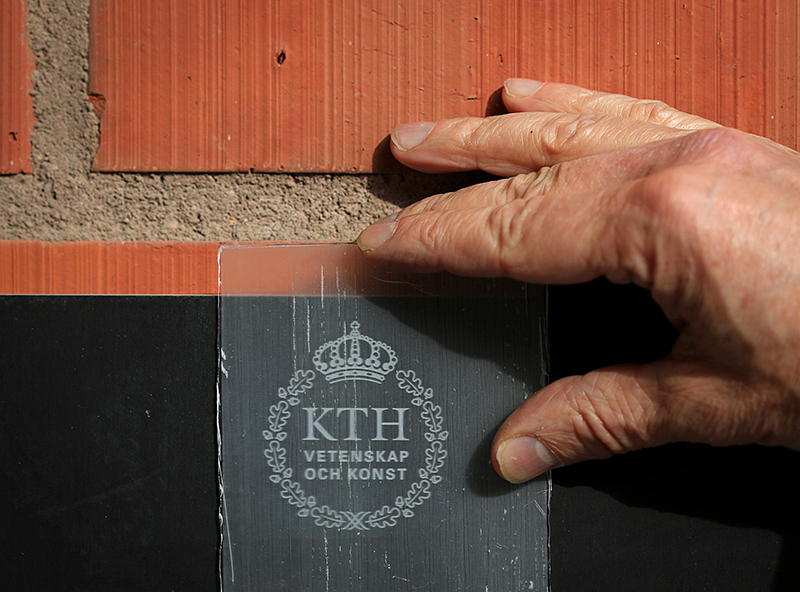‘Frozen smoke’ or ‘solid smoke’ as it’s sometimes described, aerogel fascinates scientists.The latest on cellulose aerogels derived from wood is the focus for a February 14, 2018 Nanowerk Sportlight article by Michael Berger (Note: Links have been removed),
Aerogels, sometimes called frozen smoke, are nanoscale foams: solid materials whose sponge-like structure is riddled by pores as small as nanometers across. They can be made from different materials, for instance silicon.
Aerogels are among the lightest solid substances in the world yet flexible, extremely strong and water repellent, which makes them very interesting materials for engineers.
Cellulose aerogels, made from nanofibrils found in plants, have several unique features, one of which is super high oil absorption capacity that is several times higher than commercial sorbents available in the market.
“Encouraged from our previous work on transparent wood (“Transparent wood for functional and structural applications”; “Optically Transparent Wood from a Nanoporous Cellulosic Template: Combining Functional and Structural Performance”; “Nanostructured Wood Hybrids for Fire-Retardancy Prepared by Clay Impregnation into the Cell Wall”), we started to develop porous wood/epoxy biocomposite materials, which preserves the original hierarchical and porous structure of wood,” Qi Zhou, an associate professor in the Department of Chemistry at KTH Royal Institute of Technology, tells Nanowerk.
…
“Our strategy is different from traditional wood modification methods,” explains Zhou. “It involves two steps, a simple chemical treatment to remove the lignin (delignification) at first, then back infiltration of the wood cell wall with epoxy, leaving the lumen (a void space) open. In traditional wood polymer composites, both the cell wall and cell lumen are filled with polymer.”
The scientists don’t seem to have any particular applications in mind but they are hopeful that new materials will inspire new uses. Here’s a link to and a citation for Zhou’s latest paper,
Wood Nanotechnology for Strong, Mesoporous, and Hydrophobic Biocomposites for Selective Separation of Oil/Water Mixtures by Qiliang Fu, Farhan Ansari, Qi Zhou, and Lars A. Berglund. ACS Nano, Article ASAP DOI: 10.1021/acsnano.8b00005 Publication Date (Web): February 7, 2018
Copyright © 2018 American Chemical Society
This paper is behind a paywall.
